Plant Cole Crops Now
These are some of the most healthful vegetables you can grow in your garden, and some are also among the easiest. I’ll explain.
Before we get into the specifics, however, let’s cover some basics. These plants do best in full sun in raised beds constructed out of highly organic soil amendments such as sphagnum peat moss, fully matured compost (unrecognizable as to original source), well-rotted manure and pine bark mulch.
I normally add 4 or 5 total inches of a combination of equal amounts of those and I rototill to a depth of 12 inches with a rear-tine rototiller. If I’m working up a clay soil, I’ll also mix in 1 inch of expanded shale to help keep it loose.
I start these plants as potted transplants, never as seeds, and I plant them 3 to 5 weeks ahead of the average date of the last killing freeze in my area. For much of the state that would mean around February 15-20, but earlier in South Texas and a little bit later in far North Texas. You need to know that average frost-free date for your county.
I keep my plants growing actively by feeding them with a high-nitrogen fertilizer every couple of weeks all the way through the spring.
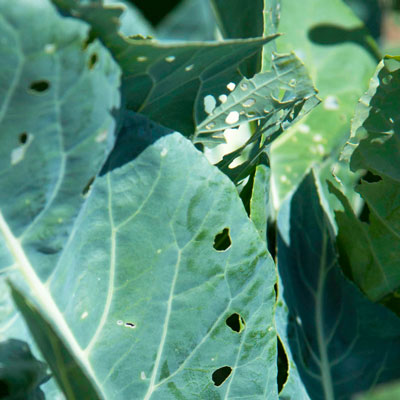
All members of this group of vegetables will be targets of cabbage loopers. They’re the larvae of a small white butterfly. The adult looks harmless enough as it flutters around in your garden, but the inchworm-like caterpillars can consume entire heads of cabbage in just a few days, or at least render then so unappetizing that you won’t want to consume them.
As soon as you see the first couple of holes in the leaves of your cabbage, broccoli or other Cole crops’ leaves, look very closely for signs of the “loopers.” You’ll no doubt find them. Spray or dust with the organic control Bacillus thuringiensis, or simply “B.t.” It is the only control that will work.
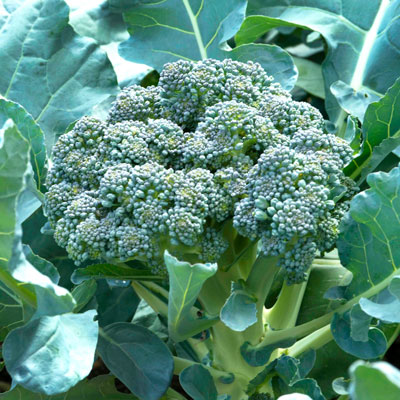
Broccoli…
• Space plants 18 to 24 inches apart in rows 30 to 36 inches apart.
• Harvest when heads have grown almost to full size, but do not allow florets to start opening.
• Most varieties will produce secondary heads in the axils of the leaves. These will make a very good second harvest.
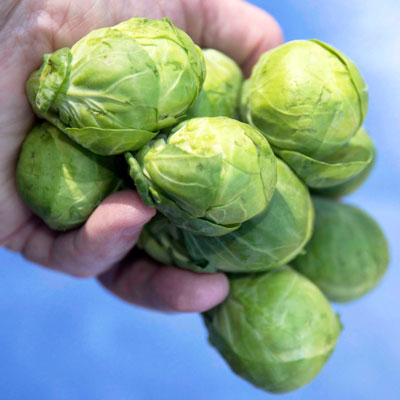
Brussels sprouts…
• Space plants 18 to 24 inches apart in rows 30 to 36 inches apart.
• When you see sprouts beginning to form in the axils of the leaves, remove leaves from the bottom halves of the plants and pinch out the growing tips to force water and nutrients into the sprouts.
• Harvest when the sprouts are about 1 inch in diameter, but before they begin to open.
Tip: Try a few transplants the first year to see how you get along. They are much slower to mature than cabbage and broccoli. That adds to the chances of failure.
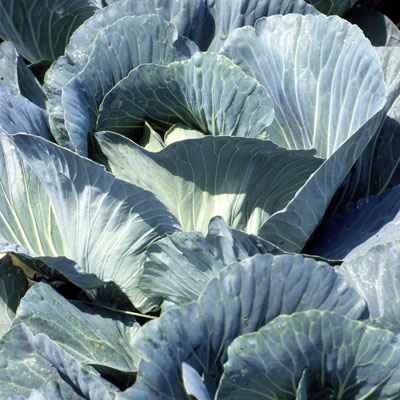
Cabbage…
• Space plants 18 to 24 inches apart in rows 30 to 36 inches apart.
• Some varieties of cabbage are actually quite attractive. Don’t be afraid to grow a few plants in your floral display garden.
• Harvest when heads reach about two-thirds their full, mature size as described on the plant label. Leave them too long and the heads are likely to split or bleach due to sunlight.
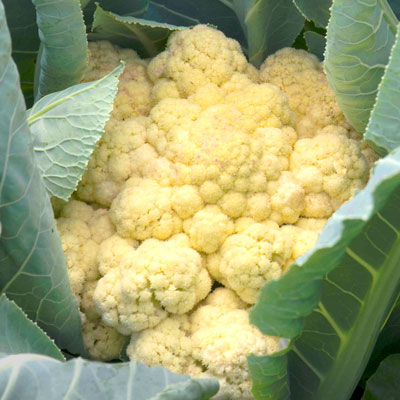
Cauliflower…
• Space plants 18 to 24 inches apart in rows 36 to 40 inches apart.
• As heads begin to develop, tie upper leaves up over the heads to blanch them. That will prevent the heads from turning green. (There’s actually nothing wrong with green cauliflower, but the white heads are generally preferred.)
• Cut the heads when they are 5 or 6 inches in diameter.
If you’d like to see what Texas A&M has to say about growing the Cole crops, here is their fact sheet.
